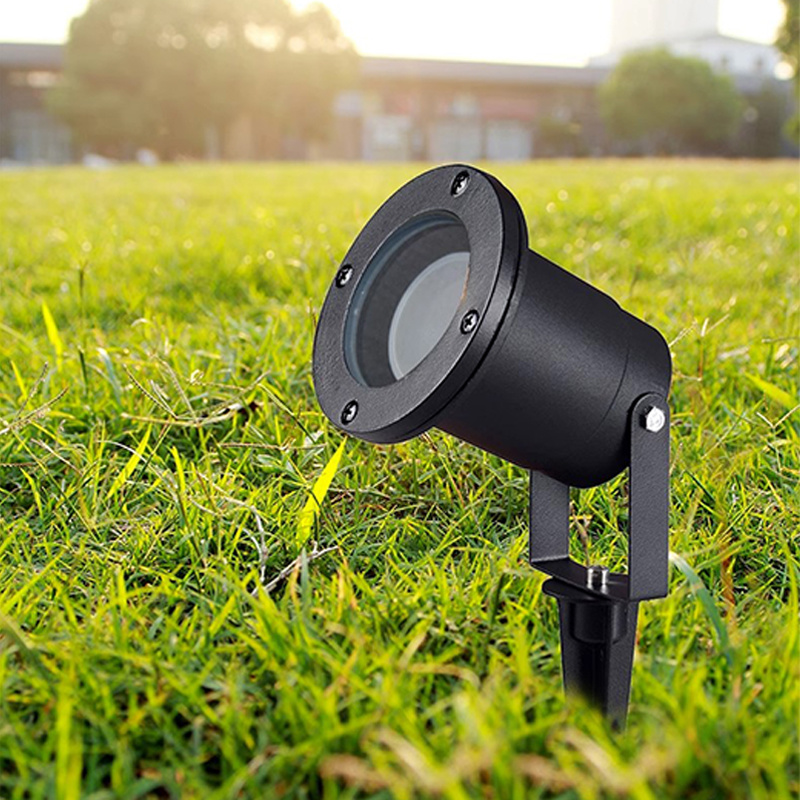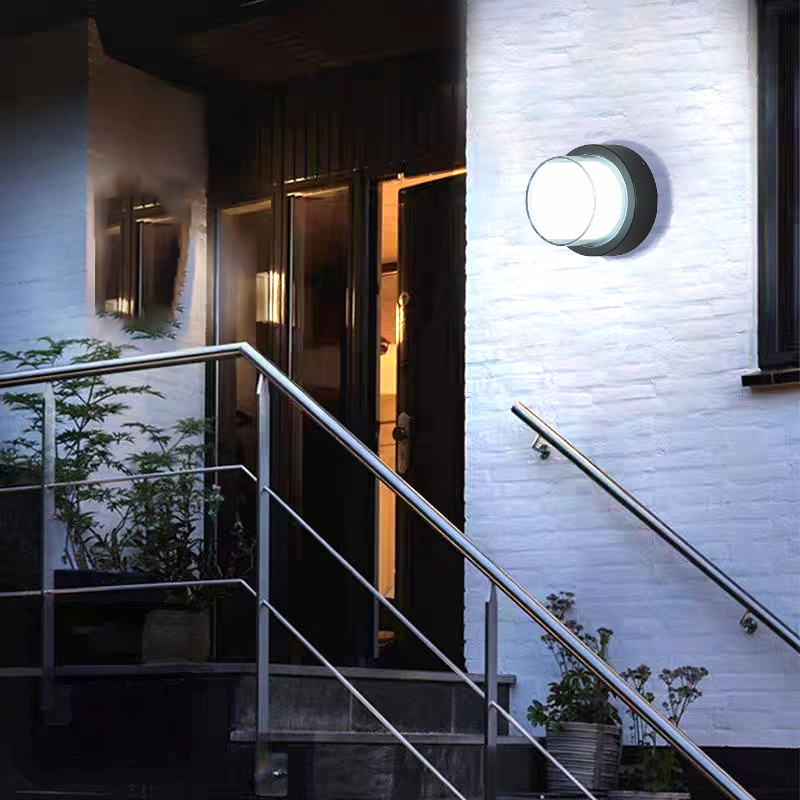language
English
العربية
বাংলাদেশ
Български
Hrvatski
Česky
Dansk
Nederland
 Esperanto
Esperanto
Slovenski
Filipino
Suomi
Français
Maori
 Shqiptare
Shqiptare
Georgian
 Euskara
Euskara
Deutsch
Ελλάδα
ישראל
इंडिया
Magyarország
Ísland
Indonesia
Irlanda
Italia
日本語
Sovensko
Հայաստան
한국
Kyrgyz
ປະເທດລາວ
 Zulu
Zulu
Latvian
Lithuanian
Luxembourgish
 Latinus
Latinus
Macedonian
Малайская
Maltese
Монгол улс
 Cymraeg
Cymraeg
ဗမာ
 தமிழ்
தமிழ்
नेपाल
Norge
ایران
Polska
Portugal
România
Российская
Србија
 Slovak
Slovak
Србија
 Slovak
Slovak
Bosanski
Slovenian
Беларус
España
Sverige
Точик
ประเทศไทย
Türk
Azərbaycan
Uzbek
 Afrikaans
Afrikaans
Việt Nam
The Importance of Proper Wattage in LED Wall Spot Selection
Time:
2025-11-06
The Importance of Proper Wattage in LED Wall Spot Selection
Introduction to LED Wall Spots
The evolution of outdoor lighting has led to the widespread adoption of **LED wall spots** as a preferred choice for both residential and commercial applications. These fixtures not only provide enhanced illumination but also contribute to energy savings and environmental sustainability. However, one critical factor often overlooked is **wattage**. Understanding wattage is pivotal for achieving optimal lighting, maximizing efficiency, and ensuring longevity in your **outdoor lighting solutions**.
Understanding Wattage: The Basics
Wattage, in simple terms, measures the amount of energy a light fixture consumes. However, it is essential to note that wattage does not directly correlate to the brightness of the light emitted. Instead, it serves as a guideline for energy consumption, influencing **light output**, efficiency, and lifespan of the fixture.
The Role of Lumens in Lighting Selection
While wattage indicates energy use, **lumens** measure the actual brightness produced by a light source. For instance, a 10-watt LED might produce the same lumens as a 60-watt incandescent bulb, demonstrating the efficiency of LED technology. In selecting the perfect LED wall spot, understanding the relationship between wattage and lumens helps in achieving the desired brightness without excessive energy consumption.
How to Determine the Right Wattage for Your Needs
Determining the appropriate wattage for your LED wall spots involves several factors:
1. **Purpose of Lighting**: Identify whether the lighting is for security, ambiance, or task-oriented activities.
2. **Area Size**: Measure the dimensions of the area to be illuminated.
3. **Desired Brightness**: Use lumens as a benchmark to achieve the right brightness level for your space.
4. **Fixture Design**: Consider the design and placement of the fixture, as these can affect light distribution.
By assessing these factors, we can recommend wattage that strikes a balance between energy efficiency and effective illumination.
The Impact of Wattage on Energy Efficiency
**Energy efficiency** is a paramount consideration in today’s eco-conscious environment. Selecting the right wattage impacts not only energy consumption but also reduces electricity costs. LED lights are inherently more efficient than traditional lighting options, allowing users to achieve the same brightness with significantly lower wattage.
Comparing LED Wattage to Traditional Lighting
When we compare wattage in LED wall spots to traditional incandescent or halogen lights, the differences become strikingly evident. For example, a **12-watt LED** can replace a **75-watt incandescent bulb** while providing similar brightness levels. This efficiency translates into lower electricity bills and a reduced carbon footprint, making LEDs an appealing choice for sustainable outdoor lighting solutions.
Longevity and Maintenance Considerations
Another noteworthy aspect of wattage selection is its influence on the lifespan of the LED wall spots. Generally, lower wattage fixtures tend to operate cooler, which can extend the overall lifespan of the bulb.
Heat Management in LED Technology
LEDs convert a significant portion of energy into light, with less wasted as heat compared to traditional lighting options. However, selecting a fixture with the wrong wattage can lead to overheating, impacting performance and longevity. Selecting the appropriate wattage reduces the risk of heat buildup and subsequent damage, ensuring that your investment lasts.
Choosing the Right Wattage for Different Outdoor Settings
Different outdoor settings require varying levels of brightness, thus necessitating different wattages. Here’s a breakdown:
Residential Settings
For **patios** and **backyards**, a wattage between **10 to 20 watts** is usually sufficient for ambient lighting. For security purposes, such as illuminating pathways, consider fixtures with wattage closer to **20 to 30 watts**.
Commercial Applications
In commercial settings, such as parking lots or building facades, wattage may range from **30 to 50 watts** for optimal visibility and safety. Proper wattage ensures that businesses not only adhere to safety regulations but also enhance the aesthetic appeal of their premises.
Common Myths About LED Wattage
Several misconceptions regarding LED wattage can lead to poor lighting choices. Let’s debunk some of these myths:
Myth 1: Higher Wattage Means Brighter Light
This is a common misunderstanding. Higher wattage can lead to increased energy consumption, but it doesn’t guarantee more lumens. Always refer to lumen ratings when assessing brightness.
Myth 2: All LED Lights Are Energy Efficient
Not all LED lights are created equal. It’s crucial to choose high-quality products from reputable manufacturers to ensure optimal performance and energy efficiency.
The Future of LED Wall Spot Wattage
As technology advances, the landscape of LED lighting continues to evolve. With innovations in LED technology, we can expect improvements in both efficiency and brightness levels, allowing for even lower wattages without compromising performance.
Smart Lighting Solutions
Smart lighting solutions are becoming increasingly popular, enabling users to adjust wattage and brightness remotely. These systems can optimize energy consumption and provide tailored lighting solutions for various needs.
FAQs About Wattage in LED Wall Spot Selection
1. What wattage should I choose for LED wall spots?
The appropriate wattage varies based on the lighting purpose, area size, and the level of brightness desired. Generally, **10-30 watts** is suitable for most residential applications.
2. How do I convert wattage to lumens?
You can use a watt-to-lumen conversion chart or consult the manufacturer's specifications, as different types of bulbs produce different brightness levels at the same wattage.
3. Can I use a higher wattage LED than recommended?
It’s best to follow the manufacturer's guidelines for wattage to avoid overheating and ensure the longevity of your fixtures.
4. Are lower wattage LED lights less bright?
Not necessarily. Always refer to lumens to measure brightness, as LEDs are designed to provide significant brightness even at lower wattages.
5. How can I ensure my LED wall spots last longer?
Choose the appropriate wattage for your needs, ensure proper installation, and maintain the fixtures regularly to enhance their lifespan.
Conclusion
Understanding the importance of proper wattage in LED wall spot selection is crucial for achieving optimal illumination while maximizing energy efficiency and longevity. By taking into account the factors outlined in this guide, we can ensure that our outdoor spaces remain beautifully lit, functional, and environmentally friendly. As technology continues to advance, staying informed about wattage and lighting solutions will empower us to make smarter choices for our lighting needs.













